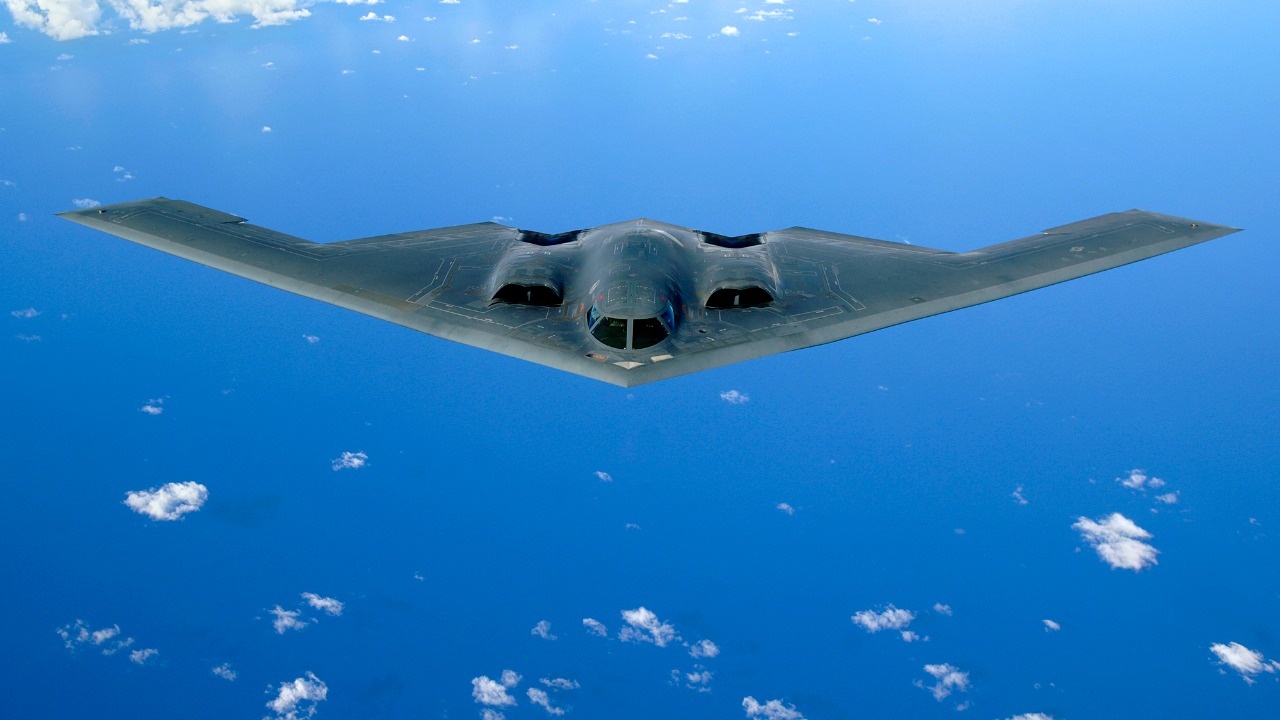
The B-2 Spirit stealth bomber, a marvel of aviation technology, recently demonstrated its prowess by flying an 18-hour mission from the U.S. to Iran undetected. The aircraft, operated by the U.S. Air Force, was used to strike Iranian nuclear facilities with precision, highlighting its strategic value in modern conflicts. This recent mission has brought renewed attention to the B-2 and its creators, a collaboration driven by Cold War imperatives.
Origins of the Advanced Technology Bomber Program
In response to the advancements in Soviet air defenses during the late 1970s, the U.S. Air Force initiated the Advanced Technology Bomber (ATB) program. The program was shrouded in secrecy from the outset, with its roots in earlier stealth research. Influences from aircraft like the F-117 Nighthawk played a significant role in the development of the ATB program. Over time, the ATB evolved into the B-2 project, which was kept under strict classification to avoid detection by the Soviets.
Northrop Grumman’s Lead Role in Design
Northrop Corporation, later known as Northrop Grumman, was chosen as the prime contractor for the B-2 project in 1981. The company’s expertise in flying-wing designs, which dated back to World War II-era projects, made it an ideal choice. The B-2’s aerodynamic shape was heavily influenced by Jack Northrop’s foundational concepts for tailless aircraft. The integration of composite materials and radar-absorbent coatings, pioneered by Northrop engineers, was also a key factor in the B-2’s design.
Boeing and Subcontractor Contributions
Boeing, the primary subcontractor, was responsible for subsystems like flight controls and avionics integration starting in the early 1980s. Other partners also made significant contributions, such as Hughes Aircraft for radar systems and Vought for wing structures. This collaborative engineering approach helped to reduce risks associated with the B-2’s unconventional all-wing configuration.
Development Challenges and Innovations
The B-2 project faced numerous technical hurdles, such as maintaining stealth while achieving long-range capabilities. These challenges were addressed through extensive wind tunnel testing in the 1980s. The project also marked the first use of computer-aided design to simulate low-observability features for large bombers. However, the need for groundbreaking materials science led to budget overruns and program delays.
Testing, First Flight, and Production
The B-2 made its first flight on July 17, 1989, from Palmdale, California, marking a significant milestone in stealth aviation. The aircraft underwent rigorous testing at Edwards Air Force Base, with over 1,000 hours of flight tests conducted by 1993. Production of the B-2 was limited to 21 aircraft between 1988 and 2000, with the final delivery in 1997. The unit cost of each aircraft exceeded $2 billion.
Deployment and Operational History
The B-2 entered service with the U.S. Air Force in 1997 and was based at Whiteman Air Force Base in Missouri. The aircraft saw early combat use in Operation Allied Force over Kosovo in 1999, proving its role in precision bombing. However, the maintenance of the B-2 proved complex due to its stealth coatings, requiring specialized hangars.
Recent Missions and the B-2’s Enduring Legacy
The B-2’s recent deployment in strikes on Iran nuclear sites has brought the aircraft back into the spotlight. The use of bunker buster bombs played a crucial role in enabling the attack. The aircraft’s 18-hour journey to Iran, completed without global detection, was a testament to its stealth capabilities. The B-2’s role in these and other military operations can be seen in these visual examples. The B-2 Spirit’s enduring legacy and its implications for the U.S. Air Force are explored in this National Security Journal article.
More from MorningOverview